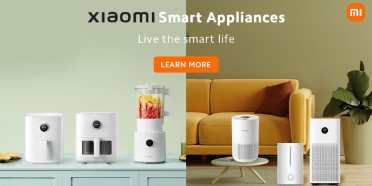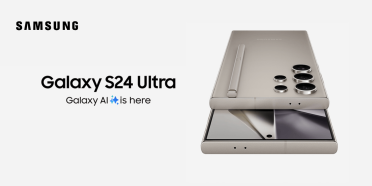
Find everything you need to level up your gaming setup at the best prices.

Imagine a home that listens, learns, and adapts to your needs—a smart home. At Tawasul

The Samsung Galaxy S24 Ultra takes mobile photography to an entirely new level with its innovative AI-powered camera system

In today's fast-paced world, technology has become an integral part of our lives. With the advent of artificial intelligence, we have witnessed major developments in various fields. One such development is the development of GBT Chat, a powerful language model that can generate human-like text responses. In this article, we'll explore how you can easily use GPT Chat on your smartphone, whether you're an Android or iPhone user.


